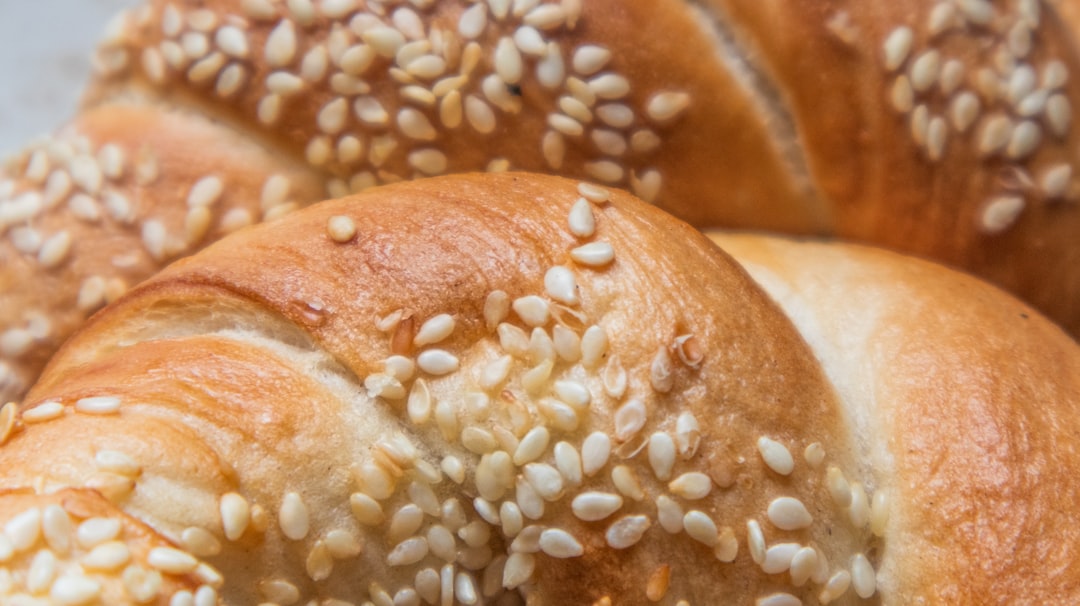Managing Sesame Allergen
In a recent Food Safety Mid Atlantic blog post, we discussed sesame as the ninth big allergen that the FDA requires to be listed on a food label. It is important for food processors and manufacturers to make sure they list allergens on their label. It is, after all required by law. Not listing allergens puts people who suffer from a food allergen at risk.
The only way someone with food allergens can prevent illness is to avoid their allergic trigger. So if you are allergic to peanuts, avoid food with peanuts in, which includes peanut butter, ground peanuts and also foods that contain unrefined peanut oil. Some people are very sensitive to their allergen and cannot be in the same room where that allergen is being eaten. Therefore, many school districts and workplaces ban peanuts.
Sesame was added as a regulated allergen at the beginning of 2023 as required by the Food Allergy Safety, Treatment, Education and Research (FASTER) Act and since then must be listed on food labels where it is present. Great news for people who have sesame allergies right? Well, not so fast.
Unfortunately, according an article in the Washington Post, the food industry is pulling, what I consider a dirty trick. Rather than changing their production and sanitation processes to remove sesame, many bakeries and food manufacturers are now adding sesame to their products and declaring sesame on all their labels. This means anyone with an allergic response to sesame have less choice. In fact, according to the WaPo article it is hard to find any commercially made bread that doesn’t contain sesame flour. This is an ingredient that wasn’t present before the FASTER act came into effect.
The FDA isn’t happy:
““Labeling is not to be used instead of current good manufacturing practices regarding allergens,” an FDA spokesperson said.”
And neither are some members of Congress who wrote a letter to the American Bakers Association demanding that they stop the practice of adding sesame flour to products that didn’t to contain it before the FASTER act.
That sesame is harder to clean up is ridiculous as flours from wheat, soy and nuts are also hard to clean too. It is kind of worrying to me that many bakers don’t clean up their facilities and consider it too much hassle to do so after using sesame seed as a topping. This blog post by the American Bakers Association is an obvious response to the WaPo article and full of excuses because the industry didn’t plan well for this new regulation. They wrote the post before the letter from the members of Congress was sent to them.
It is possible to clean a facility to make it allergen-free. Or it that is too hard, some large bakeries make their wheat-free and, therefore gluten-free, products in a separate facility. Companies that use peanuts in some of their products, will make the peanut products at the end of the day or the end of a week or if making a large quantity, perhaps have a week just for peanut products. This is call hygienic zoning and works well for many of the eight allergens.
There are a couple of companies that are using cleaning and sanitation to ensure there is no sesame in their baked products and have either stopped using sesame, use a designated line for sesame only or only use sesame at certain times before cleaning and sanitation. Let’s hope that more bakeries shift to cleaning and sanitation to control sesame as they get used to the FASTER act.
In the meantime, I recommended people with food allergies check the ingredient list just in case a manufacture has changed their recipe.
If you want to read more about managing allergens read our recent blog post on Food Safety Mid Atlantic
Who Writes Food Crumbs?
Cathy Davies runs a food safety consultancy, Food Safety Mid Atlantic, supporting specialty food businesses with their food safety plans and programs. If you are interested in learning more about my consulting services, please schedule a free call.
Please subscribe to Food Crumbs today, if you haven’t already.




